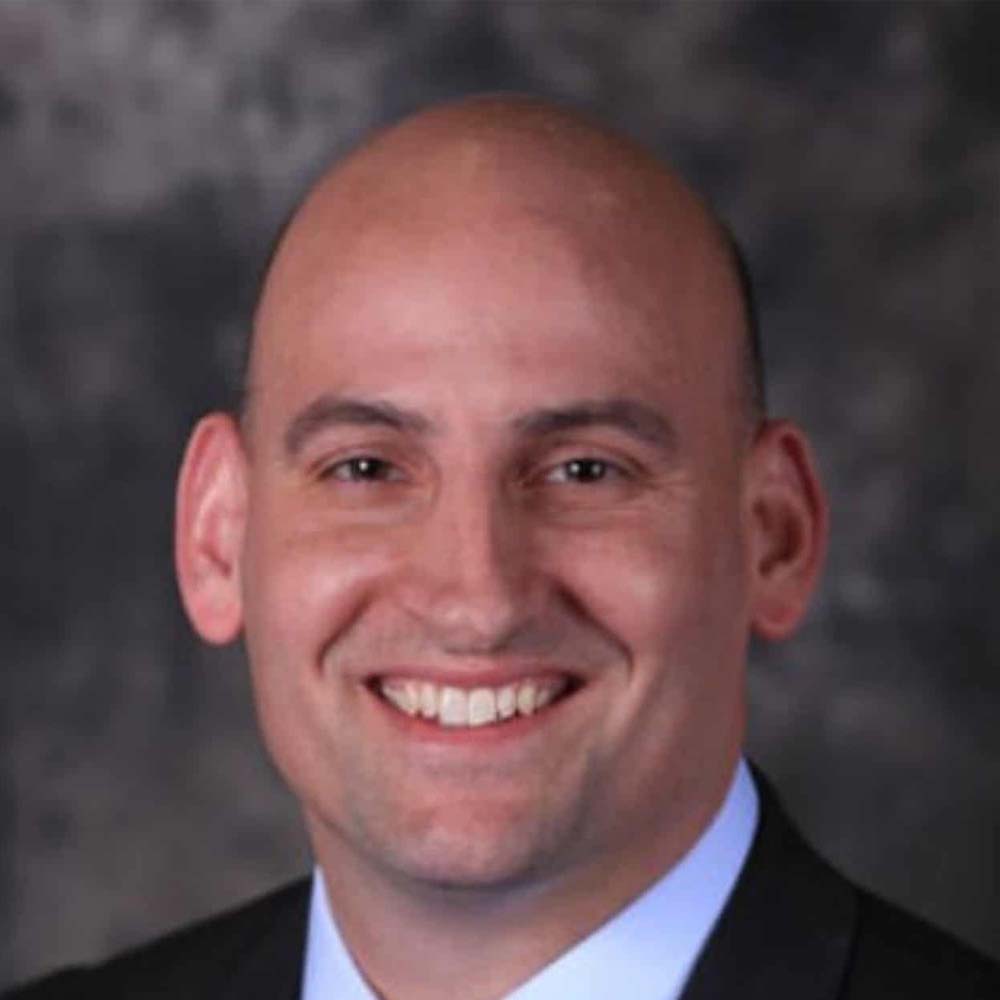The difference between Type 1 and Type 2 diabetes can be confusing. These different types of diabetes have gone by different names over the years. Treatment options and prognosis are also different for Type 1 vs Type 2 diabetes. So, it’s important to know which your senior loved one has and what it means. Let’s explore what the difference between Type 1 and Type 2 diabetes means for your senior loved one.
What is Diabetes?
Diabetes is a medical condition that affects how your body works to convert food into energy (1). When a person has diabetes, they have too little insulin, or their body isn’t able to use insulin well. Insulin is a hormone that turns your blood sugar into energy. It is produced by the pancreas.
What is Type 1 Diabetes?
With type 1 diabetes, the pancreas makes too little insulin (or no insulin at all). You may have heard it called juvenile diabetes or insulin-dependent diabetes. Type 1 diabetes is usually diagnosed in children. However, it can sometimes develop in adults.
People with Type 1 diabetes almost always have to take insulin medications every single day. It cannot be managed simply by changing diet or lifestyle. Type 1 diabetes is much more rare than type 2. Only 5-10% of people with diabetes have Type 1 (2). There is no cure for Type 1 diabetes, and no way to prevent it. Symptoms are typically serious. Untreated Type 1 diabetes can even be life-threatening.
What is Type 2 Diabetes?
With type 2 diabetes, the body produces insulin but is not able to use it to maintain stable blood sugar levels. It used to be called adult-onset diabetes, because it was mostly diagnosed in adults. It’s also sometimes called insulin-resistant diabetes. Sometimes people with Type 2 diabetes don’t notice their symptoms. It’s important to be tested if you think you are at risk. Changes to diet, exercise, and lifestyle might prevent or treat Type 2 diabetes for some people. However, you can’t “give yourself diabetes” (3). A person’s lifestyle is rarely the cause of their diabetes. Many overweight and obese people never develop diabetes (4). Also, many people with Type 2 diabetes are at a healthy weight (5). Genetics play a strong role in both types of diabetes.
Both types of diabetes can be dangerous and need to be treated and monitored by a doctor. With treatment, most people with both types of diabetes live long and happy lives.
What Does this Mean for Your Senior?
If your senior loved one has type 1 diabetes, they will need to carefully monitor their blood sugar levels and take their medications every day. They may need to use an insulin pump or insulin-monitoring device to keep their blood sugar levels stay stable. Seniors with Type 1 diabetes may benefit from in-home care, senior living communities, or assisted living, because if not managed correctly, this condition can be very serious.
If your senior loved one has type 2 diabetes, work with their doctor to see if dietary and lifestyle changes might help. You can support them and help them keep trying if they get discouraged. Just make sure you don’t suggest that your loved one is responsible for their diabetes because they “didn’t take care of themselves.” While we can all take better care of our bodies, it isn’t possible to give yourself diabetes.
We hope this helps show what type 1 or type 2 diabetes can mean for your senior. Senior living can be very helpful in managing both types of diabetes. Senior living communities can provide your senior loved one with as much or as little help as they need. These communities also have gyms, outdoor activities, exercise classes, and dining halls where nutritious meals are served daily. If you think your senior loved one would benefit from senior living or assisted living, check out Stellar Living to find a community near you.




